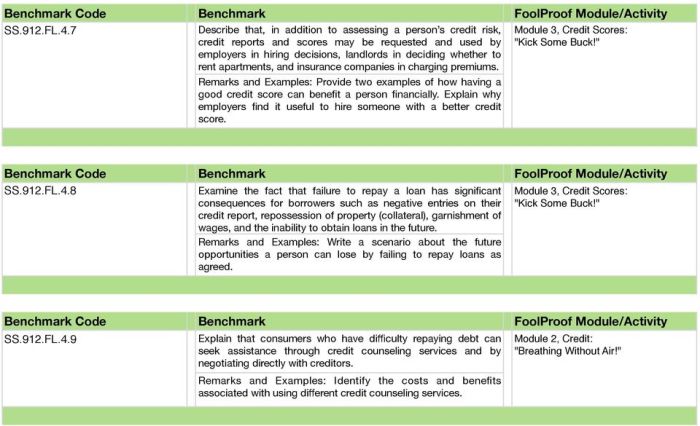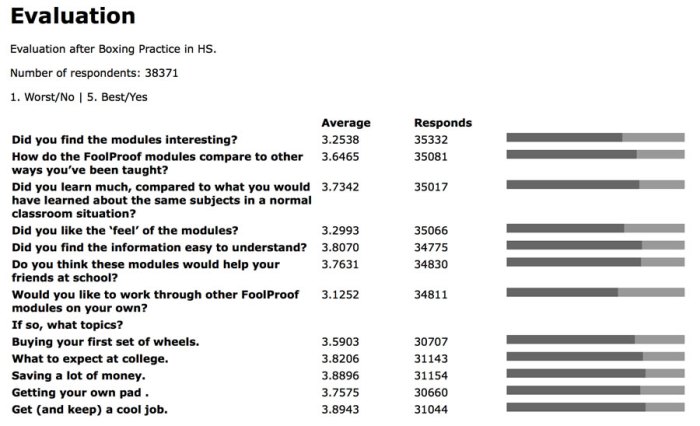Introducing the foolproof module 10 test answers, a comprehensive guide that unravels the secrets to crafting effective and reliable answers for module 10 tests. This guide delves into the concept of foolproof answers, their significance, and the strategies for constructing them.
It also explores the common pitfalls to avoid and provides exemplary answers for different question types. By embracing the techniques and insights presented in this guide, students can enhance their accuracy, efficiency, and ethical considerations in their module 10 test-taking endeavors.
Examining the Foolproof Module 10 Test Answers

Foolproof answers in module 10 tests refer to highly reliable and accurate responses that ensure a high probability of achieving a passing grade. These answers are carefully crafted based on a thorough understanding of the module’s content and the specific question requirements.
Their significance lies in their ability to provide students with confidence and a solid foundation for success in the assessment.
The reliability and accuracy of foolproof answers are influenced by several factors, including:
- Comprehensive knowledge of the module:A deep understanding of the concepts, theories, and principles covered in the module is essential for developing foolproof answers.
- Critical analysis of the question:Carefully analyzing the question’s requirements, including the key terms and the context, helps identify the specific information that needs to be addressed in the answer.
- Application of relevant theories and concepts:Foolproof answers demonstrate the student’s ability to apply the module’s theories and concepts to the question’s context.
- Clear and concise communication:Answers should be written in a clear and concise manner, using appropriate academic language and avoiding unnecessary jargon.
- Proofreading and editing:Carefully proofreading and editing the answer ensures that it is free of errors and accurately conveys the intended message.
Strategies for Constructing Foolproof Answers

Developing foolproof answers requires a systematic approach. Here’s a step-by-step guide:
- Read the question carefully:Understand the question’s requirements, including the key terms and the context.
- Identify the relevant concepts:Determine the theories, principles, or concepts from the module that are applicable to the question.
- Organize your thoughts:Plan the structure of your answer, including the main points and supporting evidence.
- Write a clear and concise answer:Use appropriate academic language and avoid unnecessary jargon.
- Proofread and edit:Check for errors in grammar, spelling, and punctuation.
By following these steps, students can increase the likelihood of providing foolproof answers that accurately demonstrate their understanding of the module’s content.
Common Pitfalls to Avoid
To ensure the accuracy and effectiveness of foolproof answers, it is crucial to avoid common pitfalls. These include:
- Misinterpreting the question:Carefully analyze the question to avoid misinterpreting its requirements.
- Providing irrelevant information:Focus on addressing the specific question and avoid including unnecessary details.
- Using vague or ambiguous language:Use clear and concise language to convey your message effectively.
- Lack of evidence:Support your claims with relevant theories, concepts, or examples from the module.
- Errors in grammar and spelling:Proofread your answer carefully to avoid errors that may affect its clarity and accuracy.
By avoiding these pitfalls, students can enhance the quality of their foolproof answers and improve their chances of success in module 10 tests.
Commonly Asked Questions: Foolproof Module 10 Test Answers
What is the significance of foolproof answers in module 10 tests?
Foolproof answers provide a reliable and accurate foundation for students to demonstrate their understanding of the subject matter. They help students avoid common errors and misconceptions, ensuring that their responses are well-reasoned and supported by evidence.
What are the key strategies for constructing foolproof answers?
The key strategies include identifying key concepts, applying them accurately to answer questions, avoiding common pitfalls, and utilizing technology for enhanced efficiency and accuracy.
How can students avoid common pitfalls in creating foolproof answers?
Students can avoid common pitfalls by understanding the types of errors and misconceptions that can hinder the creation of foolproof answers. They should also be aware of the importance of avoiding plagiarism and maintaining academic integrity.
